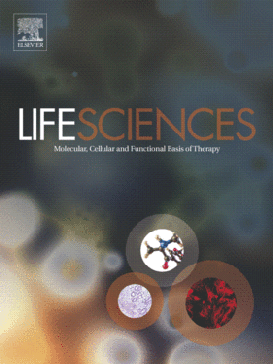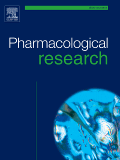
“While acute activation of the novel endocannabinoid receptor GPR18 causes hypotension, there are no reports on GPR18 expression in the heart or its chronic modulation of cardiovascular function. In this study, after demonstrating GPR18 expression in the heart, we show that chronic (2 weeks) GPR18 activation with its agonist abnormal cannabidiol (abn-cbd; 100 µg/kg/day; i.p) produced hypotension, suppressed the cardiac sympathetic dominance, and improved left ventricular (LV) function (increased the contractility index dp/dtmax, and reduced LV end diastolic pressure, LVEDP) in conscious rats. Ex vivo studies revealed increased: (i) cardiac and plasma adiponectin (ADN) levels; (ii) vascular (aortic) endothelial nitric oxide synthase (eNOS) expression, (iii) vascular and serum nitric oxide (NO) levels; (iv) myocardial and plasma cyclic guanosine monophosphate (cGMP) levels; (v) phosphorylation of myocardial protein kinase B (Akt) and extracellular signal regulated kinase 1/2 (ERK1/2) along with reduced myocardial reactive oxygen species (ROS) in abn-cbd treated rats. These biochemical responses contributed to the hemodynamic responses and were GPR18-mediated because concurrent treatment with the competitive GPR18 antagonist (O-1918) abrogated the abn-cbd evoked hemodynamic and biochemical responses. The current findings present new evidence for a salutary cardiovascular role for GPR18, mediated, at least partly, via elevation in the levels of ADN.”








